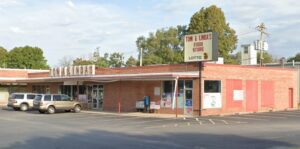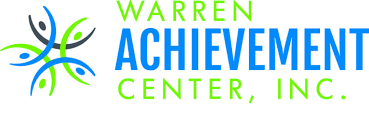The Illinois Department of Employment Security (IDES) announced that the unemployment rate fell -0.1 percentage point to 4.4 percent, while nonfarm payrolls increased by +31,200 in July, based on preliminary data provided by the U.S. Bureau of Labor Statistics (BLS) and released by IDES. The June monthly change in payrolls was revised from the preliminary report, from +18,800 to +16,000 jobs. The June unemployment rate was unchanged from the preliminary report, remaining at 4.5 percent. The July payroll jobs estimate and unemployment rate reflect activity for the week including the 12th.
In July, the industry sectors with the largest over-the-month gains in employment include: Professional and Business Services (+10,000), Manufacturing (+6,300), and Trade, Transportation and Utilities (+5,700). The industry sectors that reported monthly payroll declines include: Construction (-1,400) and Educational and Health Services (-1,400).
“As the statewide unemployment rate continues to drop and continued claims levels for unemployment benefits remain at historic lows, IDES encourages employers and jobseekers to utilize the Department’s robust employment services tools for reentry into the workforce,” said Deputy Governor Andy Manar. “Whether it be participating in or a hosting a job fair, training or skills building, IDES has the tools needed to assist in the growth of the expanding labor market.”
“After Illinois reached the lowest unemployment rate since the onset of the pandemic in June, it’s encouraging to see the state’s unemployment rate continue to drop while seeing continued growth in key industries,” said DCEO Director Sylvia I. Garcia. “Looking ahead, DCEO continues to focus on expanding equitable workforce training opportunities, providing incentives to companies who invest in Illinois’ workforce, and providing resources and training opportunities for job seekers.”
The state’s unemployment rate was +0.9 percentage point higher than the national unemployment rate reported for July, which was 3.5 percent, down -0.1 percentage point from the previous month. The Illinois unemployment rate was down -1.8 percentage points from a year ago when it was at 6.2 percent.
Compared to a year ago, nonfarm payroll employment increased by +236,600 jobs, with gains across nearly all major industries. The industry groups with the largest jobs increases include: Leisure and Hospitality (+61,800), Professional and Business Services (+56,700), and Trade, Transportation and Utilities (+44,600). The Mining sector (-100) was the only industry sector that reported an over-the-year decline in payroll employment. In July, total nonfarm payrolls were up +4.1 percent over-the-year in Illinois and up +4.2 percent in the nation.
The number of unemployed workers was down from the prior month, a -1.1 percent decrease to 287,200 and was down -27.1 percent over the same month one year ago. The labor force was almost unchanged (0.0 percent) over-the-month and up +2.2 percent over-the-year. The unemployment rate identifies those individuals who are out of work and seeking employment. An individual who exhausts or is ineligible for benefits is still reflected in the unemployment rate if they actively seek work.
In May 2020, Governor Pritzker launched Get Hired Illinois, a new one-stop-shop website to help connect job seekers with hiring employers in real time. The site features virtual job fairs, no-cost virtual training, and includes IllinoisJobLink.com (IJL), the state’s largest job search engine, which recently showed 43,596 posted resumes with 161,574 available jobs.
Seasonally Adjusted Unemployment Rates
Illinois Seasonally Adjusted Nonfarm Jobs – by Major Industry
- Monthly 2017-2021 seasonally adjusted labor force data for Illinois, and all other states, have been revised as required by the U.S. Bureau of Labor Statistics (BLS). The monthly historical revisions to state labor force estimates reflect new national benchmark controls, state working-age population controls, outlier specifications, seasonal factors, as well as updated total nonfarm jobs and unemployment benefits claims inputs. Illinois labor force data were also smoothed to eliminate large monthly changes as a result of volatility in the monthly Current Population Survey (CPS) and national benchmarking. For these reasons, the comments and tables citing unemployment rates in previous news releases/materials may no longer be valid.
- Monthly seasonally adjusted unemployment rates for Illinois and the Chicago-Naperville-Arlington Heights Metropolitan Division are available here.
- Monthly 2017-2021 seasonally adjusted nonfarm payroll employment data for Illinois have been revised. To control for potential survey error, the estimates are benchmarked annually to universal counts derived primarily from unemployment insurance tax reports.
- Not seasonally adjusted jobs data with industry detail are available here. “Other Services” include activities in three broad categories: personal and laundry; repair and maintenance; and religious, grant making, civic and professional organizations. Seasonally adjusted data for subsectors within industries are not available.
***Courtesy of the Illinois Department of Employment Security***

















